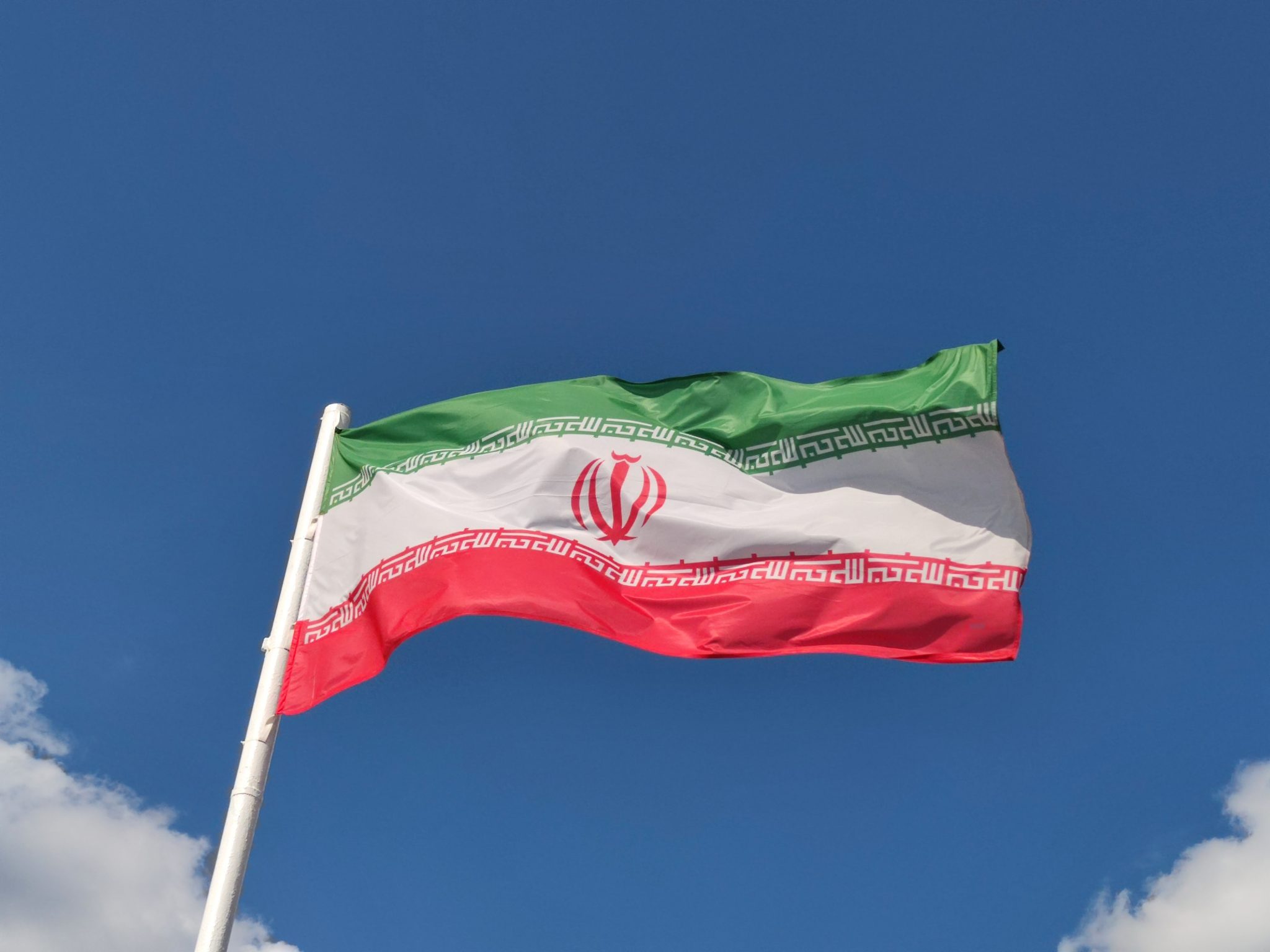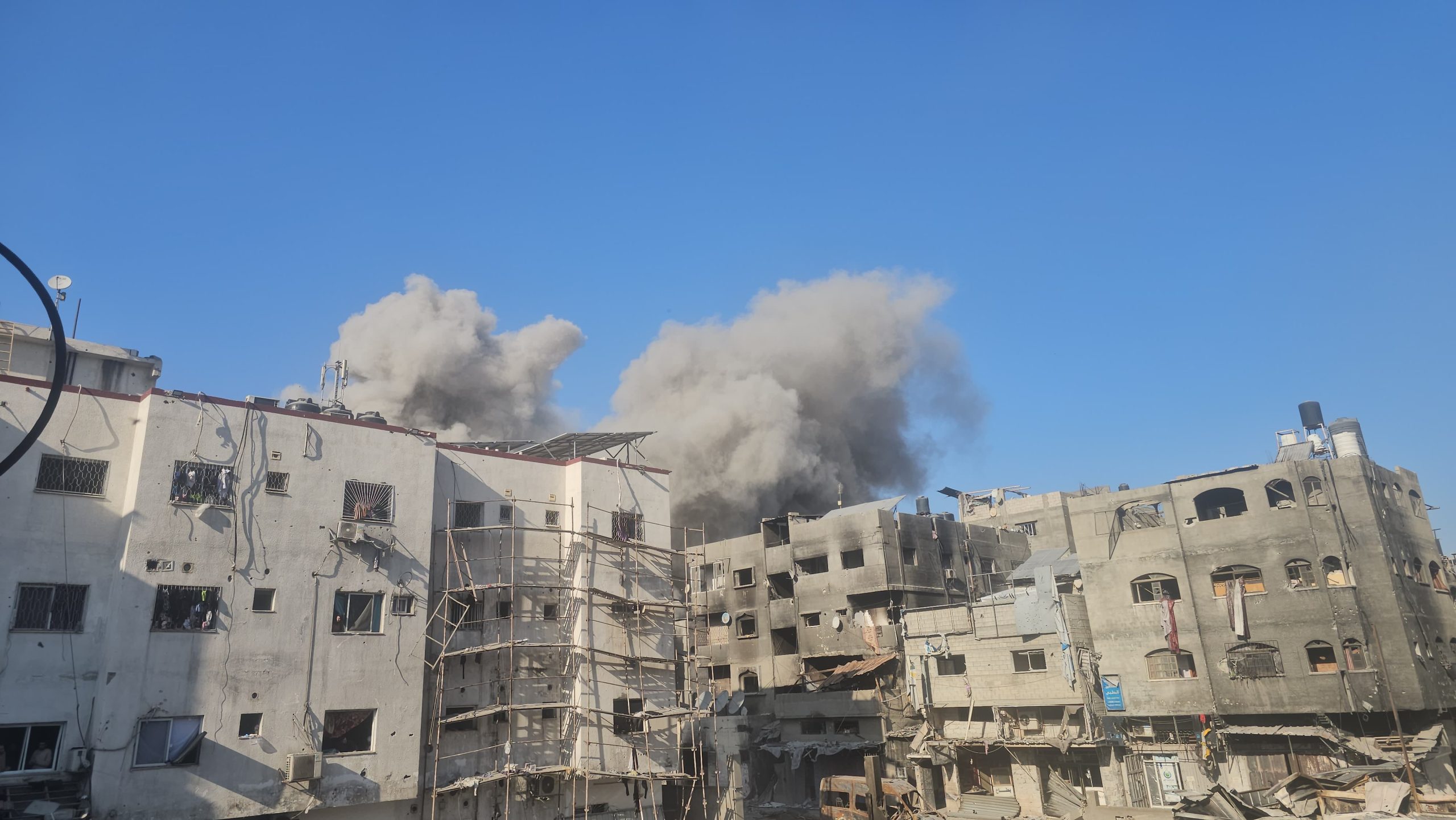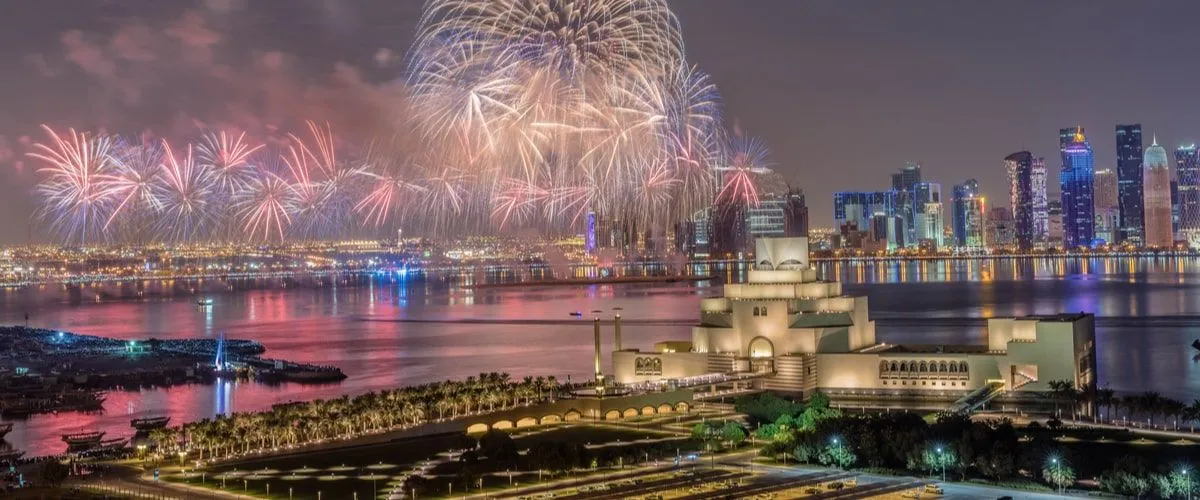Loss-making stadiums with expensive yearly maintenance added to Russia’s $10.8 billion World Cup price tag. Only eight of the 12 stadiums from 2018 are used for top-tier matches, with thousands of seats commonly empty.
Several stadiums were left empty, with no long-term use after the last three World Cups in South Africa, Brazil, and Russia. However, Qatar plans to break the pattern of ‘white elephants’ this time around.
Seven of the eight world-class stadiums for the upcoming tournament were built from scratch in Qatar, while the other was heavily renovated.
Secretary General of the World Cup organising body, Hassan Al Thawadi, previously said every stadium complied with sustainability standards to ensure use afterwards.
“We have recycled and reused wherever possible and implemented a vast range of energy and water efficiency solutions,’” he stated in a document on the stadiums.
“We have used materials from sustainable sources and implemented innovative legacy plans to ensure our tournament doesn’t leave any ‘white elephants’,” he said, referring to a term used to describe an expensive possession of no use.
As part of a sustainability initiative, the majority of the 2022 World Cup’s venues will reduce their post-tournament capacity from 40,000 to 20,000.
Authorities in Qatar have promised to provide 170,000 of removed seats from stadiums to underdeveloped nations.
“(They) will be offered to countries who need sporting infrastructure,” Ali Al Dosari, the stadium’s director of installations, said in a press release. “This will allow the culture of soccer to be promoted and to a greater extent the love of sport throughout the world.”
Post tournament, local football clubs Al Rayyan and Al Wakrah, two of the top teams in the Qatar Stars League (QSL), will move their base into the new World Cup stadiums.
Hosts to QSL
Al Rayyan, one of the 12 teams in the Qatar Super League will be hosted in the 40,000-seat Ahmad Bin Ali Stadium.
As for Al Janoub Stadium, local club Al Wakrah will continue to play matches at the facility as part of the QSL, though with a reduced capacity of 20,000 after the tournament.
The Khalifa International Stadium, the oldest of the eight having been first built in 1976, is in the heart of Doha, and was extensively refurbished to accommodate 40,000 spectators.
The Arabian Gulf Cup, the FIFA Club World Cup, and the track and field world championships have all taken place in the often used stadium.
Following the World Cup, the Khalifa Stadium will continue to host matches and big tournaments.
So, what will happen to the rest of the venues after the 12-years in the making global event is over?
Stadium 974
Ras Abu Aboud’s venue won’t end up as a white elephant because it will no longer exist. The 974 recycled shipping containers that make up the 40,000-seat arena located on the port-side just east of Doha will be deconstructed to make way for a waterfront business development.
Lusail Stadium
While the final will be played at Qatar’s glistening Lusail Stadium, which has a capacity of 80,000 seats and an iconic gold exterior, no club in the country will be able to call it home.
Instead, its future is as a community centre with housing units, stores, cafes, schools, and medical facilities, in line with sustainable development.
For new homes, the upper tier will serve as outdoor terracing.
Al Bayt Stadium
The 60,000-seat Al Bayt Stadium in Al Khor City, which will host the first match between Qatar and Ecuador on November 20, is headed to a similar destiny.
After the tournament, its upper tier will be taken out to make room for additional seating repurposing. In addition to a sports medicine hospital opening, the stadium building will have a five-star hotel, a shopping mall, and other amenities.
Al Thumama Stadium
Another 40,000-seat venue close to the city’s heart, will see a reduction of its seating capacity. Football matches and other sporting events will then be held in the arena, however it is not yet known which.
On-site facilities will include a hotel and a sports clinic.
Education City Stadium
Located in the heart of Qatar Foundation’s Education City, the stadium will be decreased in capacity to just 20,000 seats and will be used as a facility for students at the local universities.







